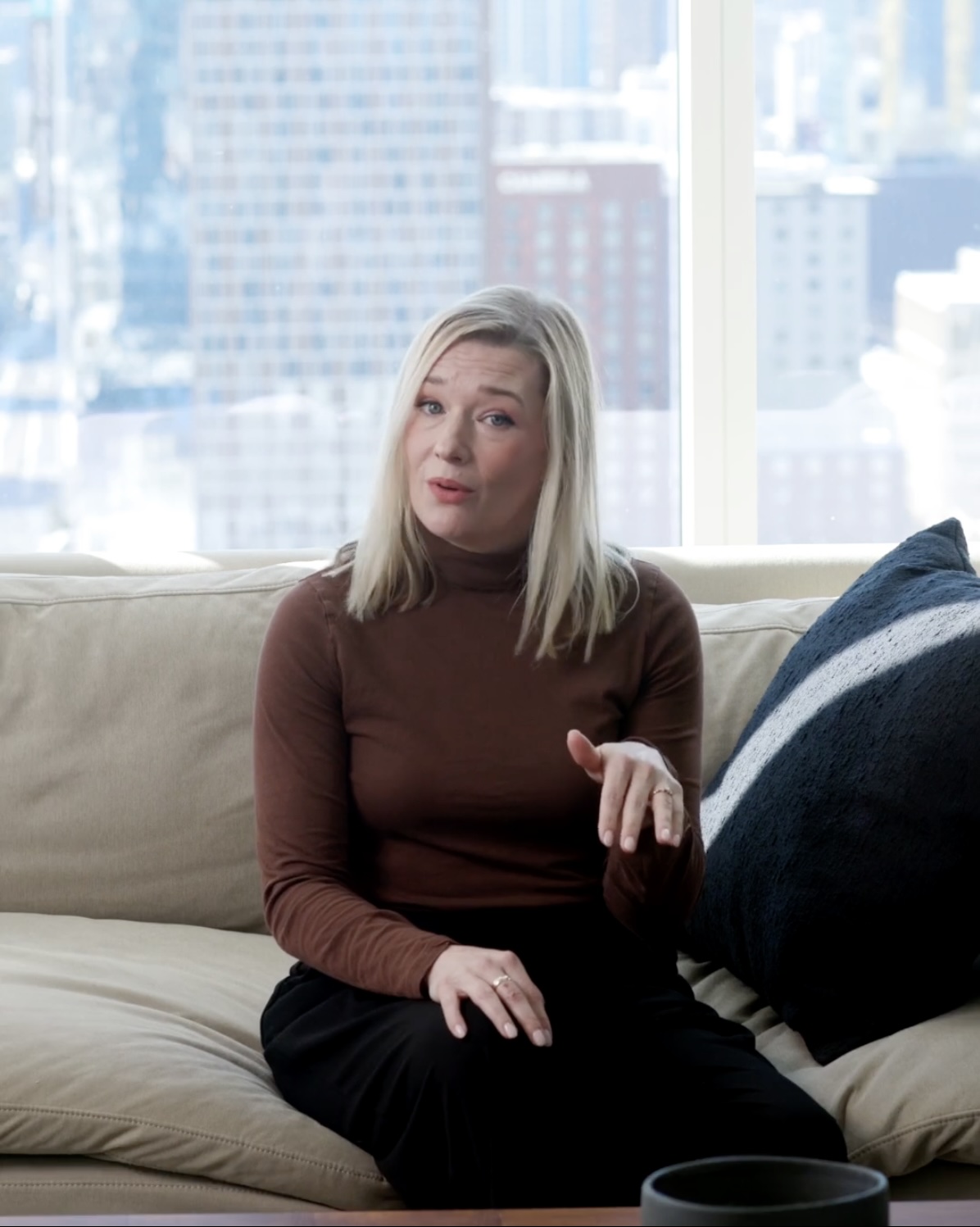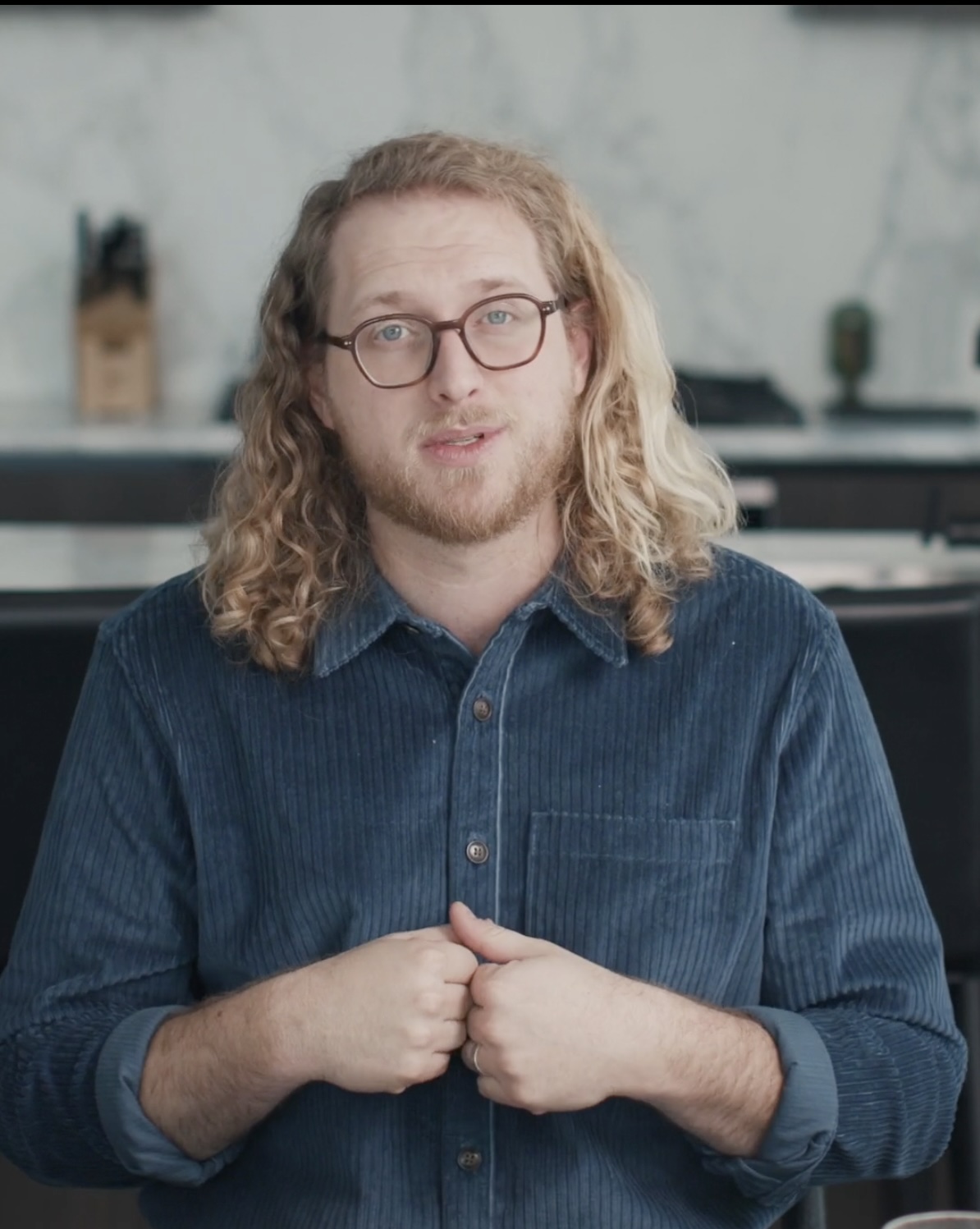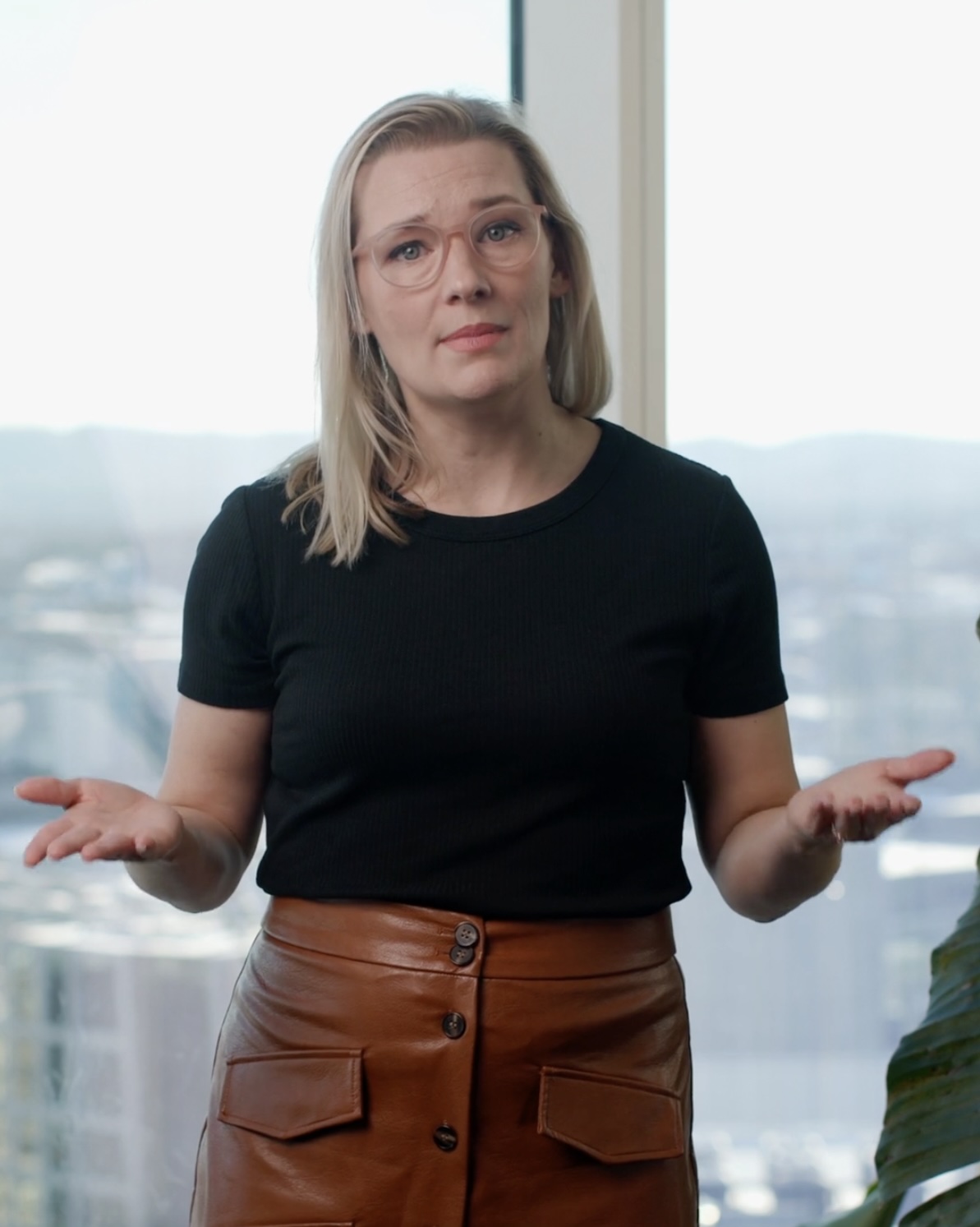When designing illustrations for a web project, choosing the best illustration style for websites can make all the difference. In a recent project, we created a total of 221 illustrations in an isometric view. This included:
• 148 mazes, conveyor belts, tools
• 54 product dashboards
• 12 people
• 7 robots
So, how did we decide on this particular illustration style for the client? Here’s the process we follow to make sure every project gets the perfect fit.
1. Understand the Audience
Before any sketches are made, we take time to fully understand the audience. What visuals are they used to? What grabs their attention? By diving deep into their world, we ensure that the illustrations we choose are both familiar and innovative. We aim to push creative boundaries just enough to keep things fresh and engaging without alienating the user.
2. Consider the Context
The content we’re illustrating plays a huge role in determining the style. For this project, the subject matter—mazes, conveyor belts, and tools—suggested complexity and interconnectivity. These are ideal themes for industries like tech, logistics, or manufacturing. Choosing an isometric view added to the sense of dimensionality and movement, which complemented the intricate nature of the content.
3. Innovate (Within Limits)
We always try to push creative boundaries while remaining true to the brand. This means exploring new interpretations within the brand guidelines. In this case, the use of isometric illustrations allowed us to add a level of intrigue and depth to the visual storytelling, without straying from the core brand identity.
4. Experiment and Iterate
Creativity doesn’t happen in a vacuum, and the first draft is rarely the final version. We constantly experiment and iterate, tweaking the style with every feedback loop. Not all variations make it to the client—some get nixed during our internal design reviews—but the process helps us ensure that the final style is perfectly aligned with the brand’s digital presence.
Conclusion: Telling the Brand’s Story
At the end of the day, the best illustration style for websites is more than just aesthetics—it’s about ensuring that the visuals enhance the brand’s message.
By weaving the keyphrase naturally into the content, you’ll meet the minimum density requirement and improve SEO without disrupting the flow of your writing.
Ready for More?
Reach out to us at Wizardly! We’re here to help you unlock the full potential of AI in your branding efforts.


